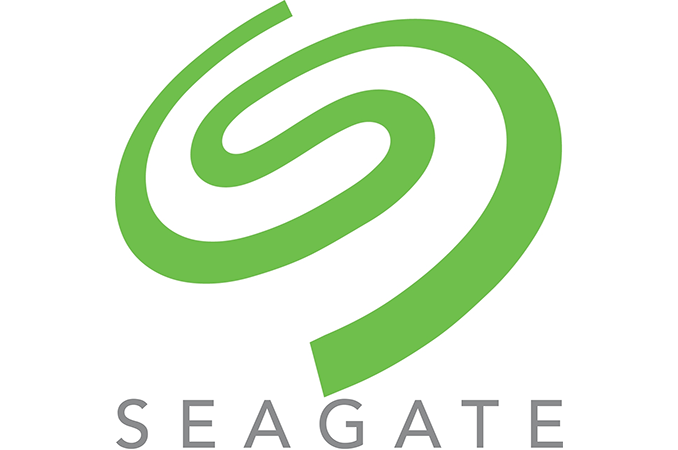The Evolution of HDDs in the Near Future: Speaking with Seagate CTO, Mark Re
by Anton Shilov on July 6, 2016 2:00 PM ESTConclusion
While the evolution of consumer HDDs in the recent years was not fast, things are about to change. Use of SMR will help to increase capacities of hard drives in the coming quarters and then TDMR will help to drive capacities again in the coming years. One thing that should be clear at this point is that the evolution of HDDs in the future will be slightly different from their development in the past. The reason for that is segmentation of the HDD market and the need for optimized configurations based on the application. Makers of hard drives tend to tailor their models for particular applications and one size does not fit all even in a segment of the market.
For example, archive, nearline, NAS, DAS and secondary HDDs for desktop PCs benefit from high capacities. However, performance barely matters for archive or DAS hard drives, whereas nearline and NAS have to be offer both storage space and relatively high performance. As a result, some HDDs just offer vast capacities and performance with the help of PMR, helium and 7200 rpm motors, whereas other rely on SMR and come with a lower spindle speed.
Things will not get any less complicated in the coming years because the technology to build HDDs that satisfy demands of end-users and cost reasonable amounts of money is not easy. As a result, some technologies, or a combination of technologies, will not be used to build all types of HDDs. Some things will remain mostly in the data center for Seagate (such as helium), other will be strictly aimed at the consumer (hybrid drives).
Moreover, Seagate and its rivals understand that HDDs cannot compete against SSDs when it comes to performance, especially random read/write performance. Therefore, while hard drives will get faster in the coming years, do not expect manufacturers to make performance their primary concern. At least, not when it comes to competition against SSDs. Density and power are primary concerns with a base level of performance.
Seagate's roadmap includes SMR, TDMR, HAMR as well as multiple other technologies. The company has been developing a set of technologies that should enable capacity, performance, reliability, and endurance of future HDDs featuring the aforementioned recording methods. What the company cannot be sure about is exact demand from various market segments, for example, demand for data center HDDs does not seem to be growing rapidly, but yet this is a segment that Seagate pins a lot of hopes on. Client storage is changing in general and while it is possible to predict what future client HDDs should offer, demand for client hard drives are still up for debate.
The situation with some of the upcoming technologies is pretty clear and exact products will be developed based on market performance, keeping in mind financial viability. Recently Seagate announced plans to adjust its manufacturing capacities in a bid to maintain financial stability, which will inevitably have an impact on its future products.
We would like to thank Mark Re for his time in discussing Seagate's future.
Sources and Recommended Reading:
Seagate: Hard Disk Drives Set to Stay Relevant for 20 Years
Hard Disk Drives with HAMR Technology Set to Arrive in 2018
Market Views: HDD Shipments Down 20% in Q1 2016, Hit Multi-Year Low











91 Comments
View All Comments
mkozakewich - Thursday, July 7, 2016 - link
Oh, I remember that article. Higher write temperatures mean better longevity, right?twelvebore - Wednesday, July 6, 2016 - link
Guessing that you don't buy storage by the petabyte then? You know, horizons and all that.Ushio01 - Wednesday, July 6, 2016 - link
With 2.5" SSD's available today offer lower power, higher capacity, higher performance and higher density than 3.5" HDD's. I wonder how much that offsets the higher cost per GB?twelvebore - Wednesday, July 6, 2016 - link
Higher capacity? A 10TB 2.5" SSD for <£500? Where?Lower power than an HDD that's powered off?
Performance doesn't always matter.
The article says several times, this is not about desktop. This is about data-centre, extreme capacity, price-sensitive. These HDDs are competing with magnetic tape, not SSD.
jwhannell - Wednesday, July 6, 2016 - link
Flape.patrickjp93 - Wednesday, July 6, 2016 - link
Performance/Watt/$ is the most important metric, and HDD is already under immense pressure from archival SSDs.patrickjp93 - Wednesday, July 6, 2016 - link
For enterprise use that's a $2000 drive, unless you're using one without power loss protection and ECC... And Samsung already has one provided.Murloc - Wednesday, July 6, 2016 - link
It doesn't offset the cost at all if the only thing that matters is $/GB.amnesia0287 - Wednesday, July 6, 2016 - link
You don't seem to understand how datacenters work. SSDs and modern JBOD infrastructure are changing the way this is approached. The thing you gotta realize is you can pack SSDs INSANELY dense. Yes, the power difference of 1 ssd is menial, but when you fill a rack with them, the combined power and cooling savings add up, especially if you are aiming for a minimum 2-3 year run cost.You also have to bear in mind that datacenters are pretty much exclusively using substantially more expensive (and hotter/louder) SAS drives.
Capex is important, but you are totally ignoring Opex and TCO. Also AFR is about 1/6th (.5% vs 3%) which gives you more flexibity in your planing for consistency/redundancy. SSD failures are more or less predictable.
Either way the move to SSDs in the datacenter is VERY real, as density is king. Why waste money expanding into more datacenters and adding more racks? SSDs also solve alot of problems that HDD have such as large array rebuilds.
Also tech like RDMA combined with NVMe virtualization is going to fundamentally change the landscape.
zodiacfml - Friday, July 8, 2016 - link
Correct. SSDs have higher density already and the rich companies can afford them.